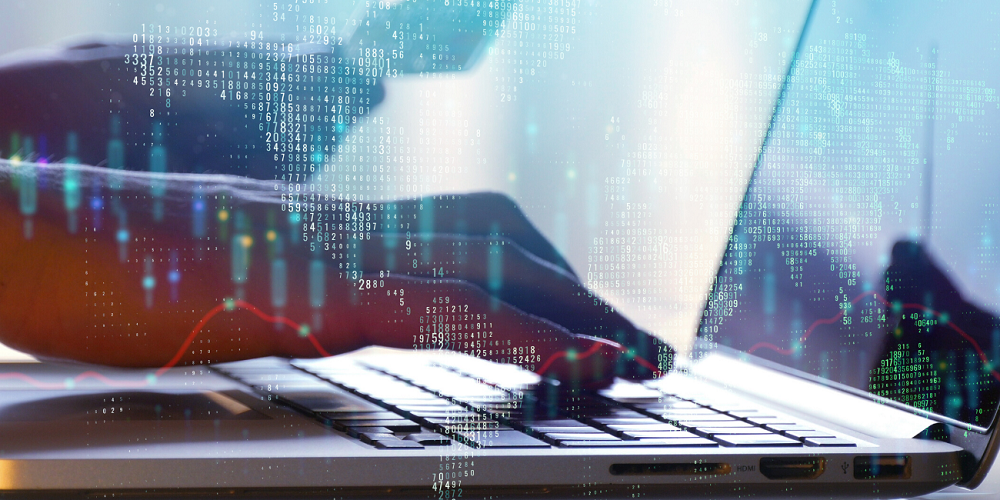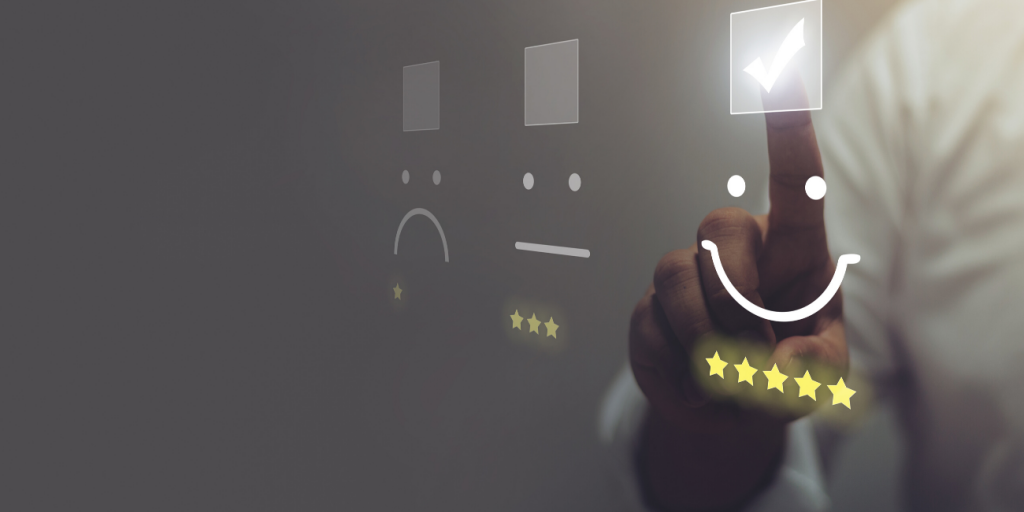Our new reality is very much alike if you get up 15 minutes earlier to work day, go to “home office”, work, mix personal and work time, head over to your own kitchen during lunch, come across with shopping list when working on projects and mostly spend your weekends on the balcony. New reality makes our behavior and work principles homogenous. In the environment where homes are turned into offices a circle is formed where routine is repeated every day for everyone. How is it possible under these circumstances to keep your work motivation or even increase it?
When speaking about motivation, we most definitely need to mention Abraham Maslow, founder of motivation theory, whose pyramid cannot be avoided by any organization. On initial stage of keeping employees motivated, Maslow considers basic needs: physical environment and safety, following level is taken by psychological needs: belonging, love, recognition and finally, he sees the need of achieving one’s full potential and self-actualization.
According to Maslow’s hierarchy, organizations that fully meet employees’ needs from basic needs to top level, significantly increase their motivation. However, this classic model was altered by the pandemic. Now, employees who had their physical environment covered in terms of basic needs, have an upside down situation: they make stocks of food, pile up hygiene and medical products, stay at home and take care of their own and family member’s health. Under these changes, pyramid is completely altered and it becomes necessary to discuss changed tactics of employees’ motivation.
In Georgian reality, “upside down” pyramid appeared to be most simply adaptable for those companies whose organizational strengths became transferable into remote service as they already had digital processes well-established. To motivate employees, these and other companies had to make decisions based on the stage where large portion of their employees were at.
We are sharing an example of our organization – ACT, how it manages to preserve the bottom level of pyramid so that based on the central part, it supports lower and upper levels and respectively, increases employees’ motivation.
Love, friendship, family, belonging – central part of the pyramid, psychological factors largely affect motivation of employees. As far as ACT’s management follows direct, consistent communication, uses open, free, less bureaucratic approaches, acceptance of their decisions is already quite high. In addition to this, the majority of employees has long history of working for the company, thus, the feeling of love and belonging, supporting each other stands high on psychological level. A feeling of belonging is enhanced during a crisis, when people love to be united, to be in the same boat, this strengthens them mentally and simplifies acceptance of novelties, new initiatives. Being united against the problem from the company’s perspective is perceived as ultimate motivator, while being united around the idea is a powerful tool in the pursue to achieving goal.
Physical environment – new fears emerged in terms of physical level: preserving a job, salary, mobilization of finances for meeting basic needs, physical place to effectively do your job. These fears compromise lower level and to terminate this, organization needs to have timely and right communication with employees. To address this problem, ACT made certain changes in terms of staff/salary, which resulted in preserving jobs for every employee. This decision, on one side eliminated fears in terms of safety and physical environment and on the other side, on central level, built level of basic needs on membership of one big family. Employees became motivated to create safe working environment for them and their colleagues, thus, the company shortly became entirely digitalized.
Self-actualization – some of ACT’s employees were on the level of meeting the need of self-actualization, while part of them, with right allocation of resources, were given a chance to show off their “hidden” skills during the crisis. Opportunity to demonstrate their potential additionally motivated people to receive recognition from colleagues and level up to the last step of pyramid where by fully realizing their skills, they could turn the challenge into an opportunity. Clear demonstration of this is a new consulting platform of ACT – www.act-strategist.ge formed with the idea of supporting other businesses under corporate responsibility.
When evaluating the steps we made, organization was able to obtain a larger picture through a feedback tool (internal study), based on which motivation of employees has remained the same for 57% during crisis considering the decisions made by management while motivation increased for 33% of employees. Inquired staff members also believe that changes will not affect company’s work: on expectation level, they perceived that company would work in regular regime, while they feel optimistic towards the future operation of ACT. As verified by this example, if psychological needs are met, organization culture and feeling of being united is in place, building values on them becomes quite easy, which is particularly important during crisis.






